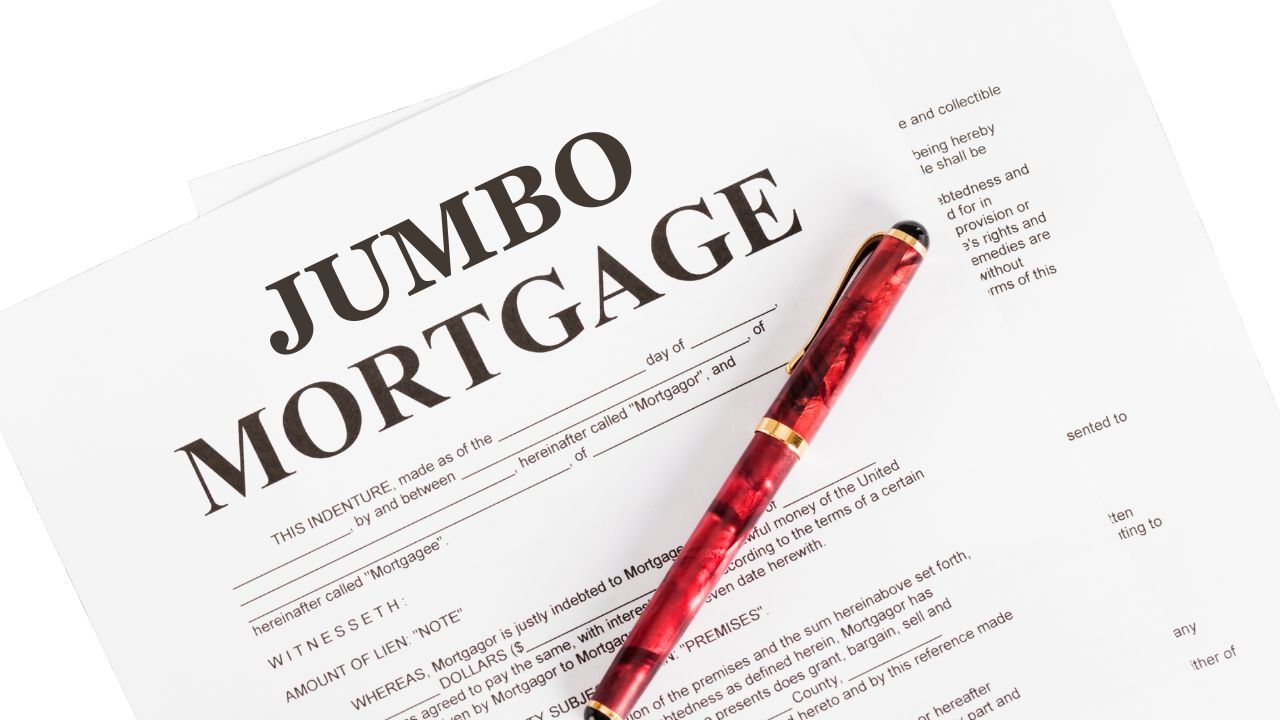What’s Ahead For Mortgage Rates This Week – December 22nd, 2025

The Consumer Price Index was scheduled to be released this week but has once again been delayed, with no explanation provided. This left the unemployment data as the only notable economic release from last week. The data showed that unemployment numbers came in higher than expected; however, this result is somewhat tempered by the fact that the figures are supported by a more limited data set.
Even so, it is not a positive sign that unemployment numbers are exceeding expectations under these circumstances. At this time, there is still no word on when the Consumer Price Index will be released, with the Christmas holiday fast approaching.
Unemployment Report
Unemployment rate climbs to 4-year high of 4.6%, November jobs report shows. The economy lost 105,000 jobs in October and added 64,000 new jobs in November, the government said, in an otherwise lackluster employment report that was skewed by the deferred resignations of federal workers.
Primary Mortgage Market Survey Index
• 15-Yr FRM rates saw a decrease of -0.07% for this week, with the current rate at 5.47%
• 30-Yr FRM rates saw a decrease of -0.01% for this week, with the current rate at 6.21%
MND Rate Index
• 30-Yr FHA rates saw a decrease of -0.02% for this week. Current rates at 5.88%
• 30-Yr VA rates saw a decrease of -0.03% for this week. Current rates at 5.89%
Jobless Claims
Initial Claims were reported to be 224,000 compared to the expected claims of 225,000. The prior week landed at 237,000.
What’s Ahead
With Christmas Holiday on the horizon, there will be very little in the way of reports released.

 Welcoming a new baby is an exciting milestone, but it often comes with financial changes, especially when a household shifts to one primary income. Managing a mortgage during this transition can feel overwhelming at first, but many families successfully navigate it every day. With thoughtful planning and a few smart adjustments, it is possible to maintain stability while focusing on what matters most.
Welcoming a new baby is an exciting milestone, but it often comes with financial changes, especially when a household shifts to one primary income. Managing a mortgage during this transition can feel overwhelming at first, but many families successfully navigate it every day. With thoughtful planning and a few smart adjustments, it is possible to maintain stability while focusing on what matters most. Not all mortgage loans are created equally, and jumbo mortgages are a clear example of that difference. These loans are designed for higher priced homes and come with unique guidelines that affect both buying and refinancing decisions. Understanding how jumbo mortgages work and why refinancing them is different can help you make smarter long-term financial choices.
Not all mortgage loans are created equally, and jumbo mortgages are a clear example of that difference. These loans are designed for higher priced homes and come with unique guidelines that affect both buying and refinancing decisions. Understanding how jumbo mortgages work and why refinancing them is different can help you make smarter long-term financial choices.